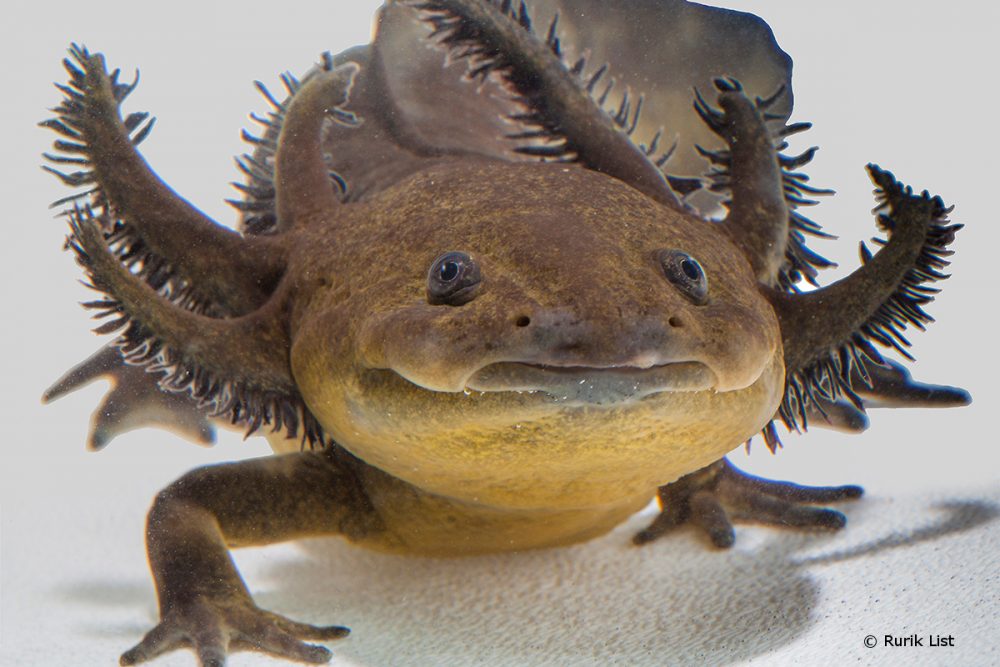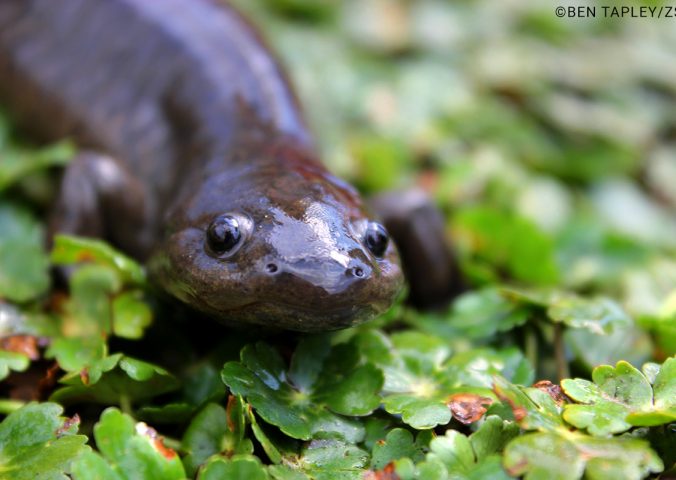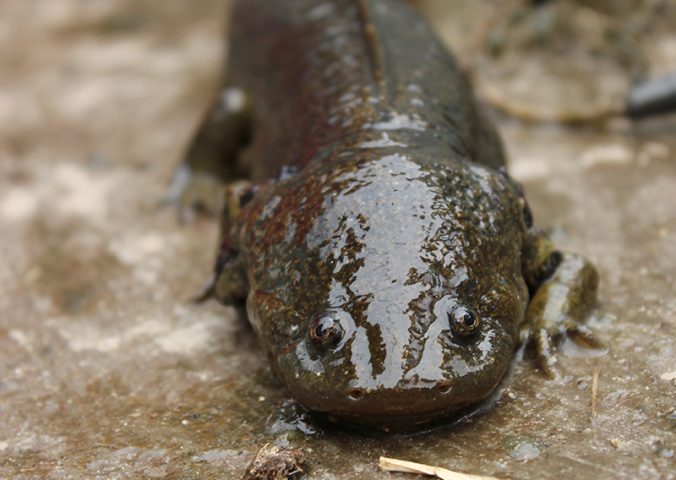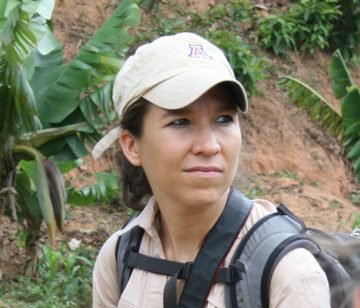About
The Lake Lerma salamander is a large species of lungless salamander, reaching almost a quarter of a metre long!
The Lake Lerma salamander is a variable species, with a population of both metamorphosing and neotenic individuals. Many of the individuals fully metamorphose to reach adult form, developing traits such as eyelids and functioning lungs.
However, the neotenic individuals never fully metamorphose and instead retain many of their larval characteristics, such as gills for breathing and fins. The fully metamorphosed adults leave the lake for the surrounding grassland, whereas the neotenic larval-form adults remain in the water.
This species belongs to the family Ambystomatidae, which is one of the most primitive lineages of salamanders. Ambystomatid salamanders diverged from all other salamanders over 150 million years ago, in the Late Jurassic. This is around the same time kangaroos and humans last shared a common ancestor!
This species is locally consumed as it is believed to have medicinal properties. It is also used in religious rituals locally. The main threat is the extremely high degree of pollution in rivers and pools where the species breeds. This has contributed to its decline. Urban expansion has also had a large impact. This species occurs within the three lagoons of the Ciénegas de Lerma Protected Area and is protected under the category “Special Protection” by the Government of Mexico.
- Order: Caudata
- Family: Ambystomatidae
- Population: Unknown
- Trend: decreasing
- Size: 250mm
EDGE Score
Distribution
This species found in Toluca city, Mexico, at 2,500-3,000 metres above sea level.
Habitat and Ecology
This species has individuals that are capable of reaching sexual maturity either in the metamorphosed or larval stage. Metamorphosed individuals spend most of their time on land in grassland habitat. They breed in streams, lakes, and moderately deep reservoirs.



